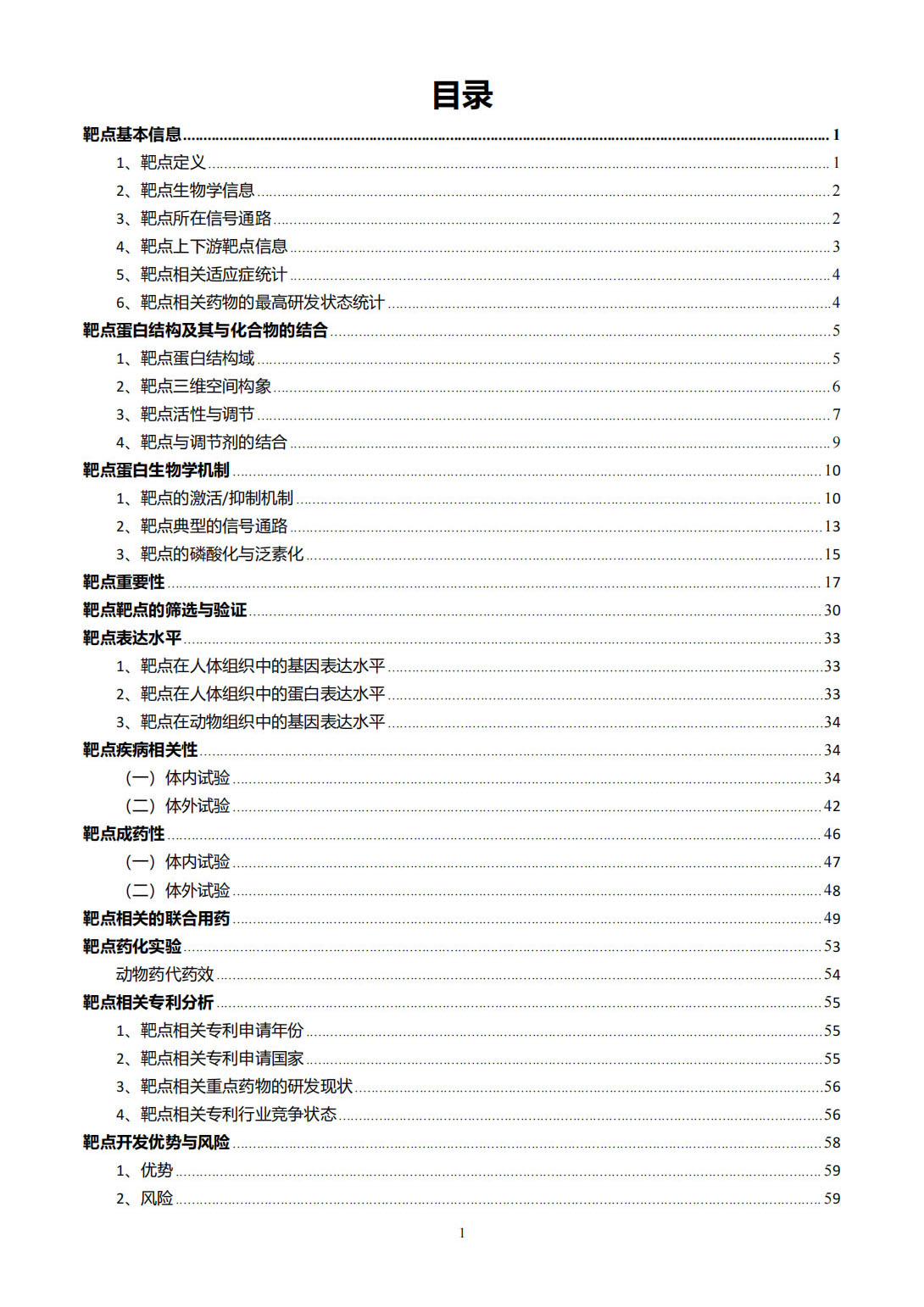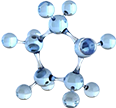PTK2 Target Analysis Report Summary


About the Target
Based on the given context information, the following key viewpoints can be extracted regarding FAK (PTK2):
The expression and phosphorylation levels of FAK in different cell lines, such as 1205Lu and 1205LuR, were examined. An increase in FAK expression and phosphorylation at Y397 was observed in the 1205LuR cell line [1].
The mechanism of action of goniothalamin (GTN) in inducing cancer cell death, specifically necroptosis and anoikis, was investigated. GTN was found to induce necroptosis through oxidative stress-induced DNA damage and lipid peroxidation, leading to cell membrane rupture. It also induced anoikis by affecting the expression levels of certain proteins involved in epithelial-mesenchymal transition (EMT), such as E-cadherin, N-cadherin, and vimentin. Additionally, GTN inhibited survival signaling through EGFR/FAK/Src pathway [2].
The involvement of FAK in the signaling cascade during invasion of mammalian cells by T. gondii was identified. FAK was activated in the mammalian cell, leading to Src-dependent transactivation of EGFR and subsequent recruitment of STAT3 signaling. This prevented the activation of PKR and eIF2alpha, resulting in the inhibition of autophagy targeting [3].
The activation modalities of FAK and RhoA in different cellular cases were illustrated. The interplay between inactive and active forms of FAK and RhoA, both cytosolic and membrane-bound, and their downstream signaling pathways were depicted [4].
The signaling cascade triggered by LH (luteinizing hormone) in breast cancer (BC) cells was described. The interaction between FAK/cortactin/Arp3 subunit was disrupted upon LH binding to LHR, leading to FAK-Tyr397 phosphorylation via Src kinase. This phosphorylation induced FAK protein autophosphorylation and subsequent modulation of the Arp2/3 complex, enhancing actin nucleation and promoting BC cell motility [5].
Overall, the viewpoints highlight the role of FAK in various cellular processes, including cell resistance to BRAFi, oxidative stress-induced cell death, parasite invasion inhibition, cellular morphology modulation, and BC cell adhesion and migration.
FAK, also known as PTK2, is a protein that plays a role in various cellular processes and has been implicated in tumor progression. In compliant environments, PRL/PRLR preferentially activates JAK2/STAT5, with lower activity towards FAK, resulting in physiological actions of PRL [6]. However, in stiff environments, PRL/PRLR preferentially activates FAK, leading to pro-tumor signals and outcomes [6]. Fibrinogen/integrin interactions in the tumor microenvironment (TME) can also activate FAK, promoting cell proliferation and survival [7]. Conversely, MLL treatment causes ECM degradation, reducing FAK activity and leading to programmed cell death (anoikis) [8]. In TNBC cells, Cx26 interacts with FAK and NANOG, forming a complex that drives self-renewal [9]. This ternary complex is predominantly observed in TNBC cells, and its formation is associated with enhanced FAK activation [10]. Overall, these findings suggest that FAK plays a critical role in tumor progression and self-renewal in certain cancer types, particularly TNBC.
Figure [1]

Figure [2]

Figure [3]

Figure [4]

Figure [5]

Figure [6]

Figure [7]

Figure [8]

Figure [9]

Figure [10]

Note: If you are interested in the full version of this target analysis report, or if you'd like to learn how our AI-powered BDE-Chem can design therapeutic molecules to interact with the PTK2 target at a cost 90% lower than traditional approaches, please feel free to contact us at BD@silexon.ai.
More Common Targets
ABCB1 | ABCG2 | ACE2 | AHR | AKT1 | ALK | AR | ATM | BAX | BCL2 | BCL2L1 | BECN1 | BRAF | BRCA1 | CAMP | CASP3 | CASP9 | CCL5 | CCND1 | CD274 | CD4 | CD8A | CDH1 | CDKN1A | CDKN2A | CREB1 | CXCL8 | CXCR4 | DNMT1 | EGF | EGFR | EP300 | ERBB2 | EREG | ESR1 | EZH2 | FN1 | FOXO3 | HDAC9 | HGF | HMGB1 | HSP90AA1 | HSPA4 | HSPA5 | IDO1 | IFNA1 | IGF1 | IGF1R | IL17A | IL6 | INS | JUN | KRAS | MAPK1 | MAPK14 | MAPK3 | MAPK8 | MAPT | MCL1 | MDM2 | MET | MMP9 | MTOR | MYC | NFE2L2 | NLRP3 | NOTCH1 | PARP1 | PCNA | PDCD1 | PLK1 | PRKAA1 | PRKAA2 | PTEN | PTGS2 | PTK2 | RELA | SIRT1 | SLTM | SMAD4 | SOD1 | SQSTM1 | SRC | STAT1 | STAT3 | STAT5A | TAK1 | TERT | TLR4 | TNF | TP53 | TXN | VEGFA | YAP1

